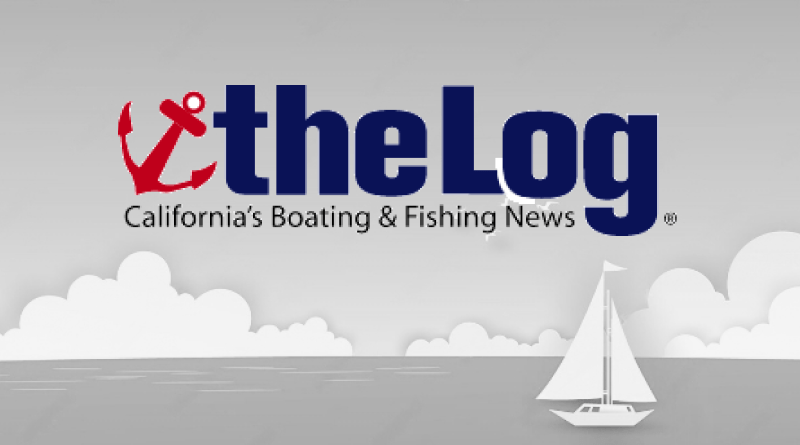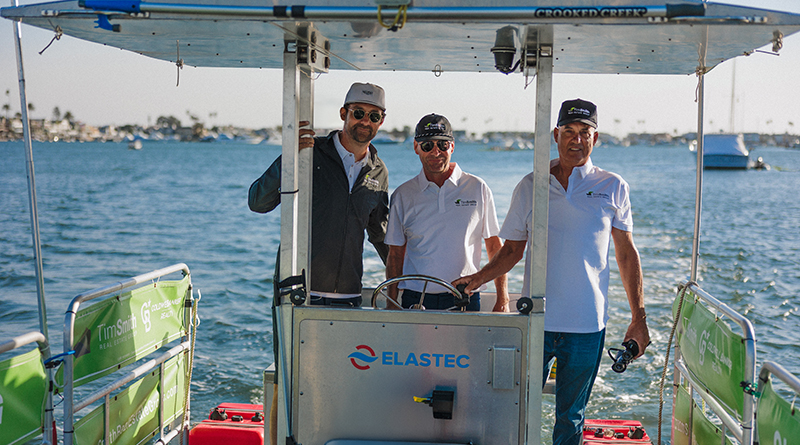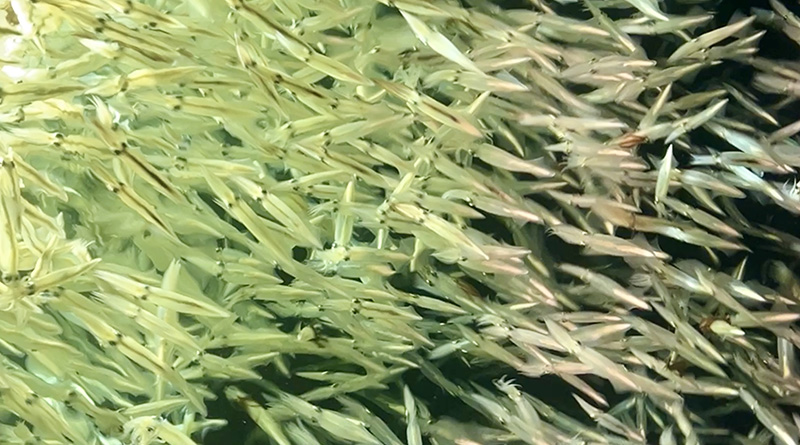SAN DIEGO一 Over the course of 12-days marine scientists aboard Schmidt Ocean Institute’s research vessel Falkor completed several dives off the coast of California exploring mineral-rich hard grounds and the DDT dumpsite surveyed earlier this year by Scripps.
“The DDT dumpsite was two days out of 11 at sea and all the rest of the days we were on mineral-rich hard grounds,” said Chief Scientist Dr. Lisa Levin, a professor of biological oceanography at Scripps Institution of Oceanography. “There were rocks we were interested in because they are covered with ferromanganese crusts and phosphates and minerals…We want to understand what animals and microbes live in these systems so that should the environments change, we will be able to track changes.”
Levin and her team explored nine locations along Southern California’s borderland and were up to 150 miles offshore, dives took place on seamounts and sea knolls which are submerged mountains and hills, underwater escarpments, or steep underwater cliffs, and the DDT dumpsite.
The scientists collected samples using a remotely operated vehicle that was tethered to the ship. The vehicle was sent down in the morning and spent seven to eight hours a day collecting rocks, water, sediment, and other samples before returning to the ship. Levin and her team explored mineral-rich hard grounds which lead them to discover a whale fall and a new methane seep along California’s coast.
According to Levin, the expedition was a baseline study to look at these areas and create a better understanding of the sea life that calls rock-hard grounds home and hopefully be able to track changes later on.
“We are doing what is called a baseline study,” said Levin. “We are looking at what lives there how many kinds of organisms how diverse they are and whether they have an affinity with the substrate with the surface that they are on.”
During the expedition, scientists discovered two new environments in the California borderlands, a whale fall and a methane seep.
These environments foster unique communities on the ocean floor, a whale fall is where a whale carcass comes to rest on the seafloor and often provides food for scavengers but the whale also releases chemicals that can fuel a community that relies on chemical synthesis the same way a methane seep would.
“They represent reducing environments,” said Levin. “They are a different kind of ecosystem on the seafloor the methane seep has animals that are getting their energy and food from chemical energy chemosynthesis rather than photosynthesis. That’s of interest, and the whale fall also because when the whale decays it produces chemicals, hydrogen sulfite, in particular, that can fuel the same kind of community as a methane seep or thermal vent so they are little patchy environments that are actually turning out to be pretty common on the California margin.”
Levin said that it could take a year to two years to solidify the findings and publish but that the general impression is that California’s borderland is diverse and full of life.
“They’re kind of general but the initial impression is that the borderland is a very diverse system with every single site we visited had different species,” said Levin. “We call it heterogeneity you know there is a lot of differences, minor differences in the habitats that shape different animal communities.”
Levin and her team have gathered the data to gain a baseline of the ocean and continue to track changes over time, whether it is from climate change, human exploitation, or even wind power offshore.
“I think you know the average person doesn’t care too much about the deep ocean but it is vulnerable to change from human activities,” said Levin. “We’ve been using the expression exploration before exploitation this cruise was a good example of that exploring our own backyard and new things trying to do things before we’ve damaged it.”
The data is being returned to Scripps for further analysis.







